Start your New Year with these 12 inspiring, healthy Japanese recipes, with a focus on seasonal & wholesome ingredients.
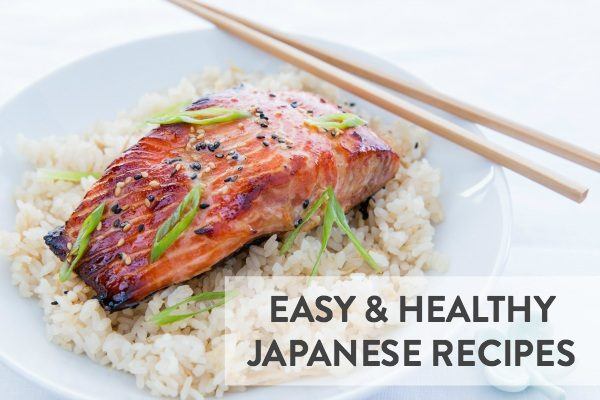
The start of a new year is a time of reset and renewal. When it comes to cooking and eating better, the Japanese believes that everything should be in balance. The balance we strive for not only satisfying hunger, but also nourishing each of the five senses — taste, smell, texture, color and sound.
Personally, I believe ‘homestyle cooking’ (家庭料理) is a way to take care of myself and my family. It’s not about a specific diet, but a sustained, varied diet with adequate vitamins and nutrients.
If you are looking for inspiring recipes to start the New Year, I’ve gathered some of my favorite healthy recipes for you to prepare and enjoy with your loved ones. May these wholesome, healthy meals make their happy appearance at your dining table!
12 Healthy Japanese Recipes for the New Year
1. Ginger Rice 生姜の炊き込みご飯
Cooked with ginger, fried tofu skin, and soy sauce base sauce, this Japanese Ginger Rice recipe is so fragrant that you would enjoy it on its own. Known for its many anti-inflammatory properties, ginger has the unique power to keep you warm and ease digestion. When you need a warm healthy meal, this ginger rice is perfect to start a hectic week. Enjoy it with miso salmon and a bowl of miso soup.
2. Miso Salmon 味噌サーモン
The heart healthy omega-3 fatty acids in salmon get most of the attention, but this delicious fish also provides a high source of vitamin D. Marinated in a sweet and savory miso sauce, this Miso Salmon is an easy and elegant recipe to serve.
3. Green Tea Smoothie 抹茶スムージー
Start your day with a nutrient packed breakfast with this Green Tea Smoothie made with banana, almond milk and matcha powder. Matcha not only adds all the beneficial antioxidants from green tea, but it also gives you an extra kick in your step in the morning.
4. Takikomi Gohan (Japanese Mixed Rice) 炊き込みご飯
Basically a one-pot meal; Takikomi Gohan is a flavorful & comforting Japanese mixed rice cooked with seasonal ingredients. To achieve the perfect texture for the rice, don’t forget to read the important tips and technique I shared in the recipe when you make Takikomi Gohan.
5. Kenchinjiru けんちん汁
Highly restorative with its origin as a Buddhist temple cuisine, Kenchinjiru is a clear soup cooked with root vegetables, tofu, shiitake mushrooms, and kombu stock. If you’re looking for a meatless meal on a cold night, this flavorful soup will warm you right up!
6. Bitter Melon Salad ゴーヤの白和え
Bitter melon (or goya in Japanese) is commonly used in Asian cooking. This gourd has been known for its many medical properties such as lowering blood sugar and cholesterol. In Japan, bitter melon started to gained its popularity through the spread of Okinawan cuisine. In this recipe, bitter melon is dressed with mashed tofu and a sesame sauce called shiraae (白和え) for light, wonderful healthy dish.
7. Spring rolls with Sesame Ponzu Vinaigrette
Fresh spring rolls make a healthy choice of summer lunch or warm evening. They’ve got just the perfect blend of vegetables and protein, all wrapped up in a soft, chewy rice paper roll. This recipe takes on a Japanese twist where I incorporate pork belly, daikon radish, and lettuce and serve it with Japanese-style Sesame Ponzu Vinaigrette for a lighter yet refreshing taste.
8. Broccolini Gomaae ブロッコリーニの胡麻和え
Rich in antioxidants and folic acid, this Broccolini Gomaae makes a quick, healthy vegetable side dish for your weeknight meal. A savory & nutty sesame sauce round up this delicious vegetable. Can’t find broccolini? Try with broccoli instead.
9. Baked tonkatsu 揚げないとんかつ
When the occasional deep-fried foods call out to you, this Baked Tonkatsu recipe makes the best healthier stand-in. No deep-frying required to achieve that crispy, crunchy exterior of the pork cutlet! My recipe shows how you can achieve the perfection, so you can enjoy the dish at home without guilt.
10 Simmered Kabocha with Shio Koji 南瓜の塩麹煮
Known as kabocha squash in the US, Japanese pumpkin is filled with beta-carotene, iron, vitamin C and B. It has a moist and chestnut-like fluffy texture. In this simple recipe, kabocha squash is simmered with Japanese seasoning shio koji for a delicious umami flavor.
11. Grilled Miso Chicken 鶏の味噌漬け焼き
Give this Grilled Miso Chicken a try when you’re looking for a simple, healthy barbecue recipe! To achieve a juicy tender texture, the key is to pound the chicken breast thinly so they cook faster and evenly. Enjoy it with a Massaged Kale Salad with Mango.
12 Soboro Don (Ground Chicken Bowl) 三色そぼろ丼
With its colorful & tasty presentation, this Soboro Don is one of my children’s favorite rice bowls. Fluffy steamed rice topped with brown chicken, yellow eggs and green veggies, this easy rice bowl makes a well-balance meal for lunch boxes too.
![]()
More Healthy Japanese Recipes?
Check out this link and browse more recipes!
I hope you enjoy making these healthy Japanese recipes! If you make one of these recipes, snap a picture and hashtag it #JustOneCookbook. I love to see your creations on Instagram, Facebook, & Twitter! Thank you so much for reading and till next time!
Don’t want to miss a recipe? Sign up for the FREE Just One Cookbook newsletter delivered to your inbox! And stay in touch with me on Facebook, Google+, Pinterest, and Instagram for all the latest updates.
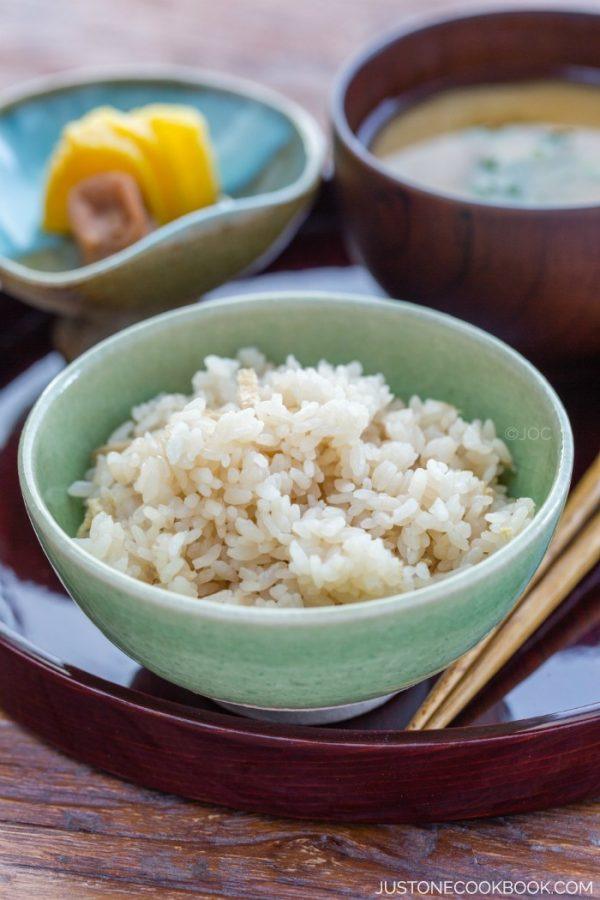
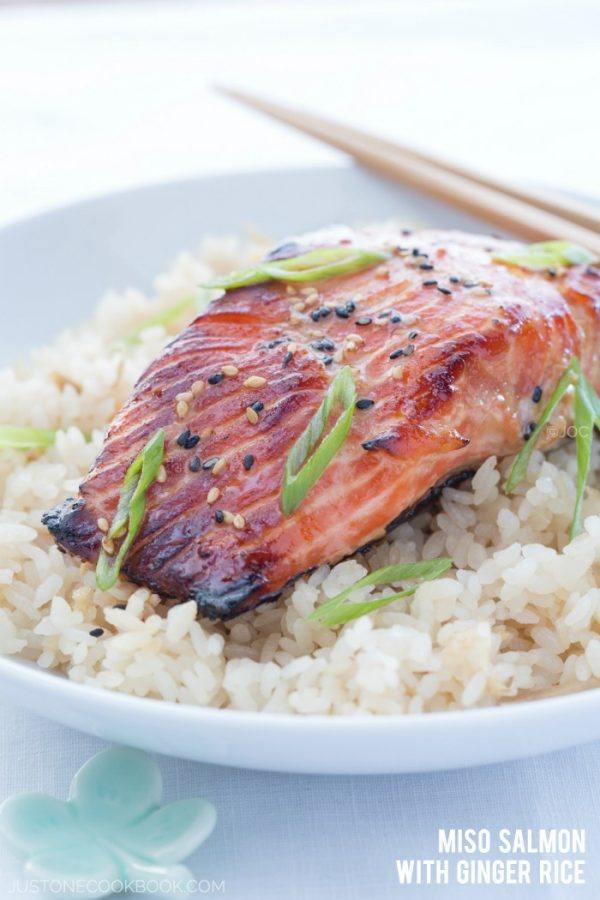
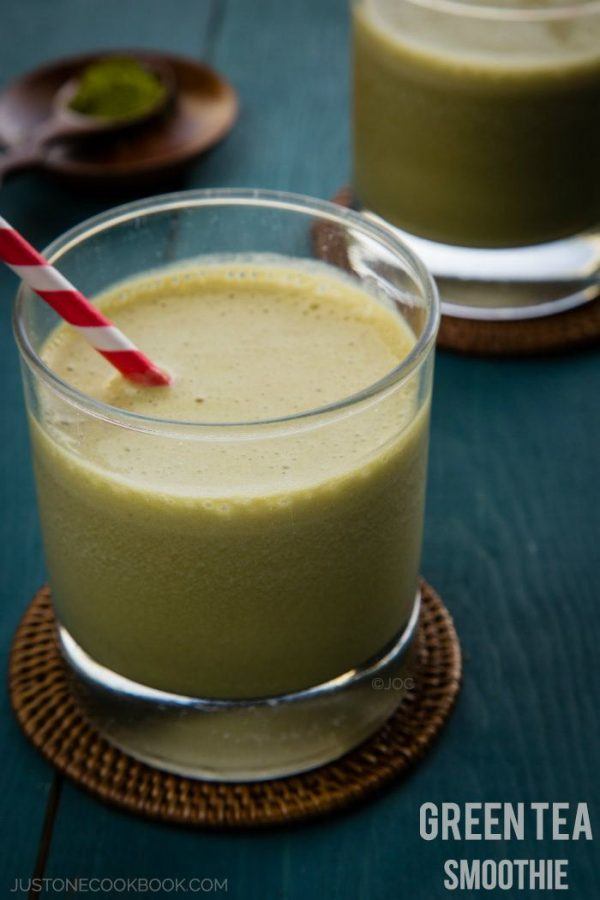
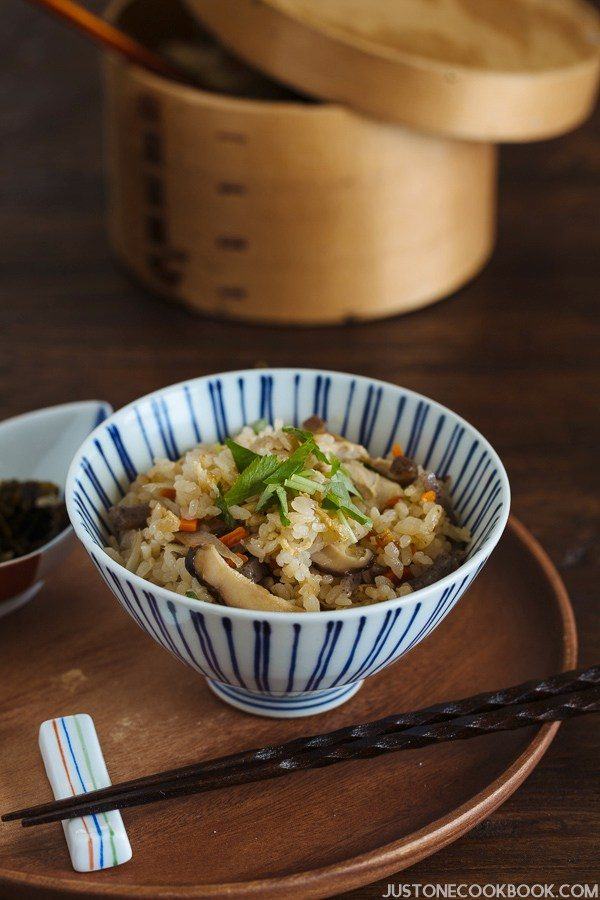
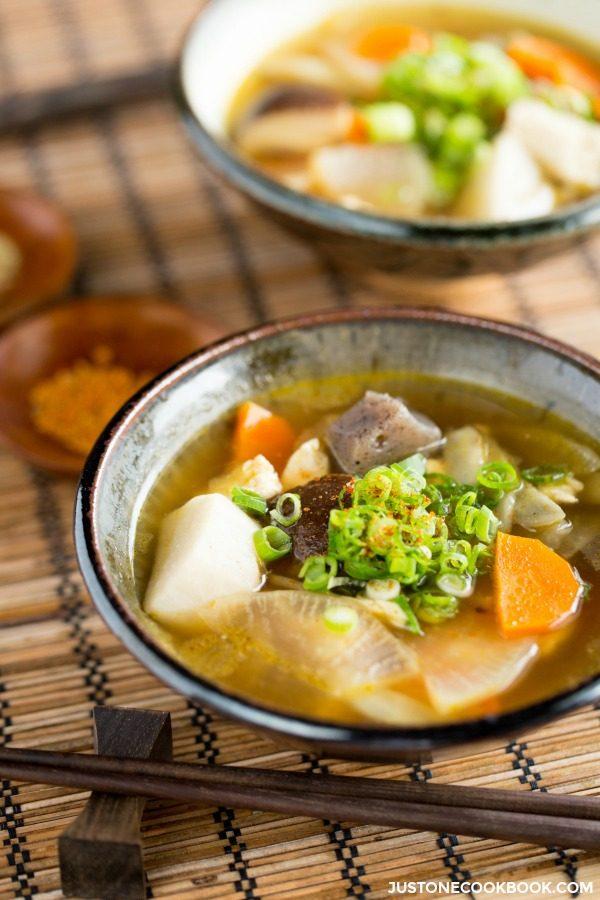
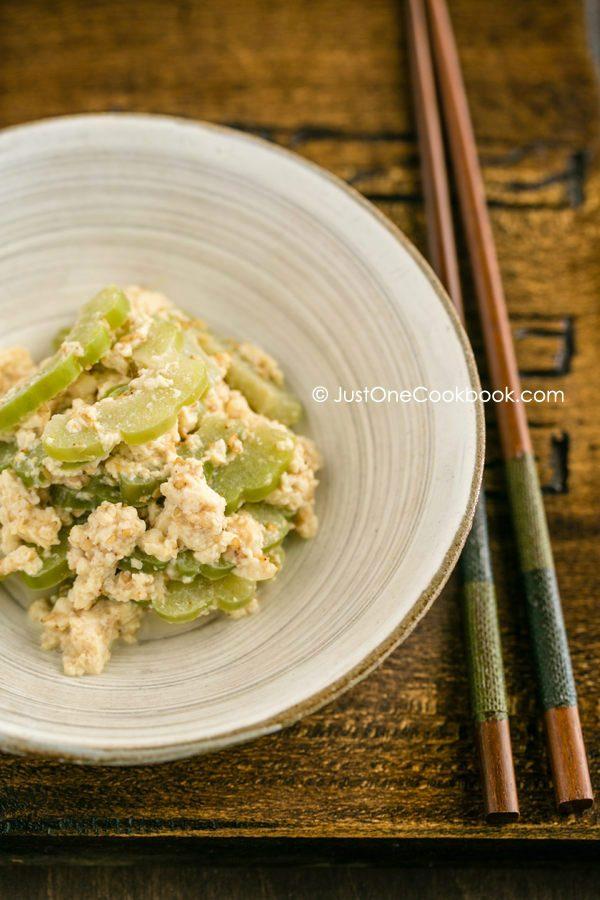
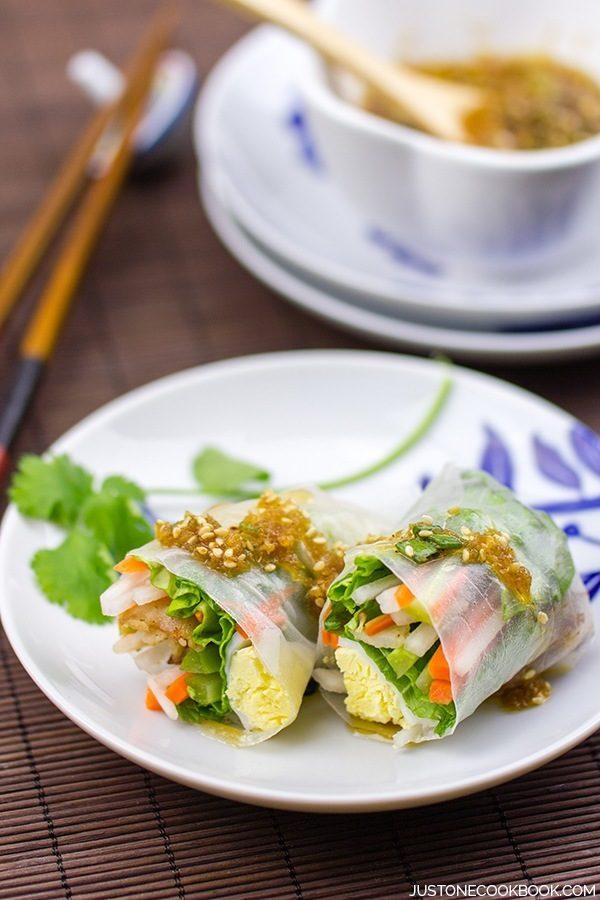
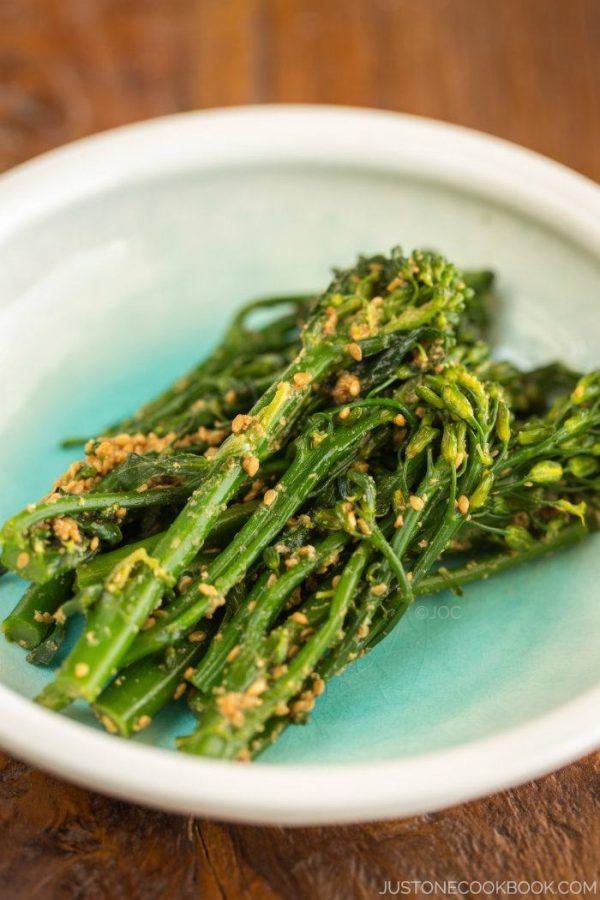
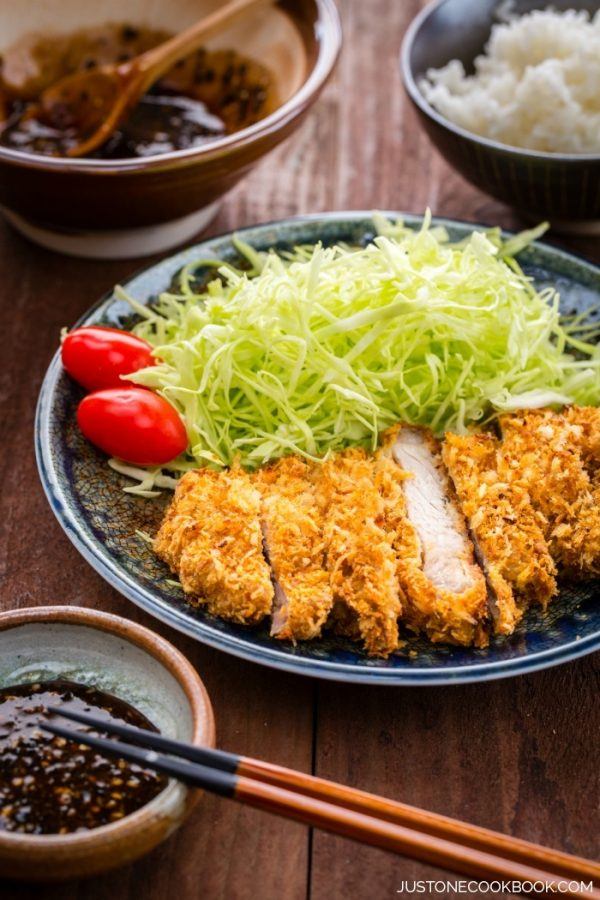
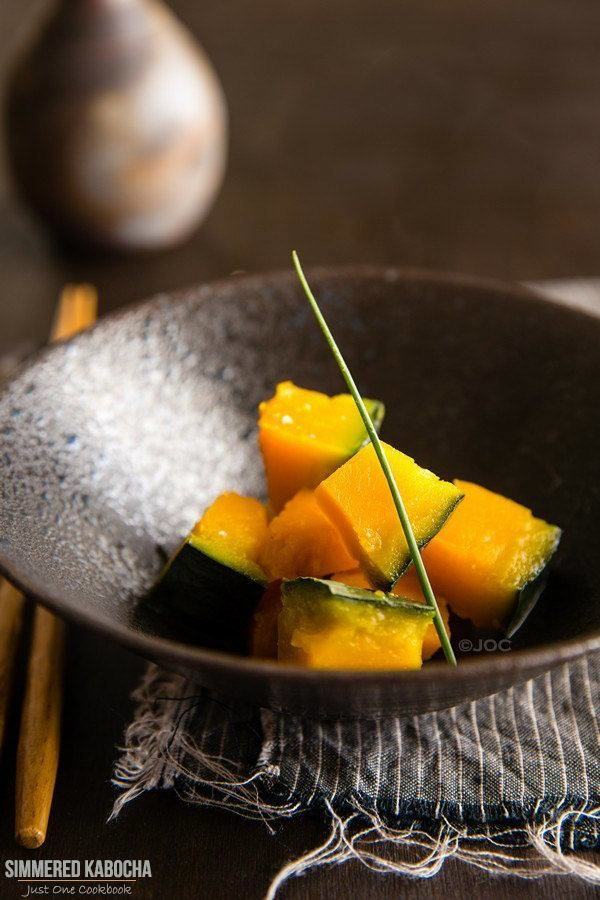
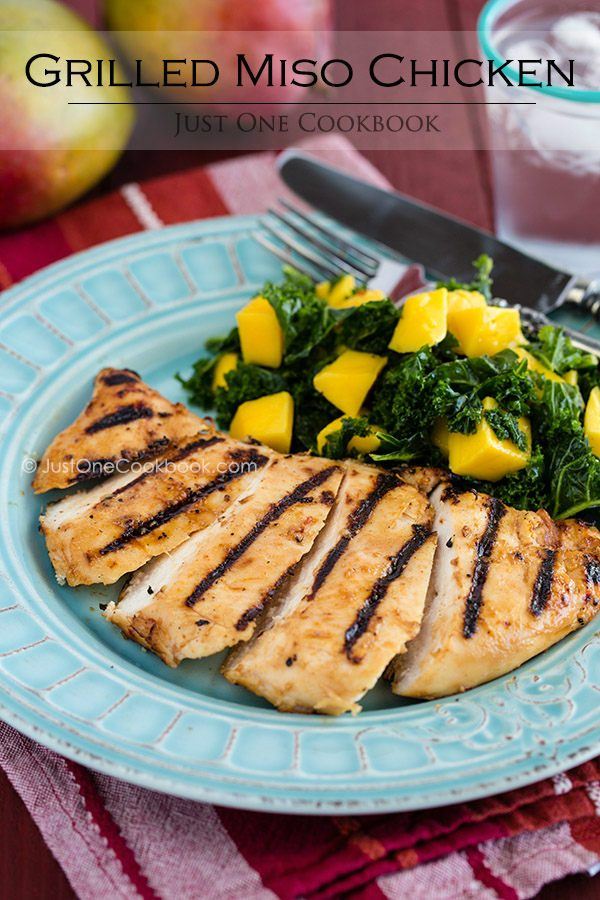
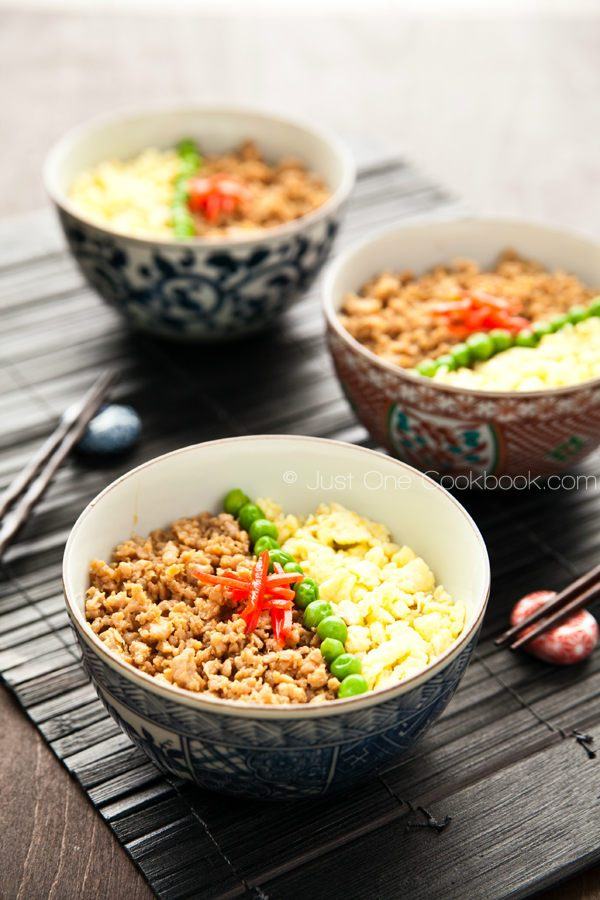




Nami-san,
Thank you so much for sharing awesome recipes! I have tried several and am absolutely in love with each and every one of the recipes!
I am originally from Okinawa and thought for many years that I had to go to my home country to enjoy Japanese food. However, with your recipe videos, I am now becoming quite a good cooker of Japanese food.
So I thank you from the bottom of my heart!
Hi Yoko-san! Thank you for your kind feedback. I’m so happy to hear you enjoy my recipes and you are cooking Japanese food at home! I have some Okinawan recipes (I’ve been to once: https://www.justonecookbook.com/okinawa-world-travel-guide/) too, in case you want to give my recipes a try…. probably not as best, but I tried! 😀
Thank you for writing!
I always find Japanese food healthy and delicious. Everybody knows its expensive but worth it, Also, they are not easy to prepare. Good thing there’s this guide to come up with easy-to-prepare Japanese food, I like it. Thanks for sharing.
Thank you for reading this post, Elaine!
Hello,
Love your site and recipes.
However I find that many cooking sites use the word ” healthy” somewhat loosely.
Does it refer to portion size,volume eaten,fat, sugar,method of cooking etc…
It could be all or any of the above however in my opinion it often refers to fat or deep frying.In Western unhealthy eating habits it should refer to the huge amount of sugar consumed which eventually turns to fat in our bodies.Having been to Asia several times I do not see this as a problem there and it is reflected by the general svelte of the people.Of course there are other factors that contribute to this and the same can be said of other groups,particularly in may European countries.
Thank for your site.
Regards,
Lloyd
Hi Lloyd! Thank you for reading my blog!
Just as every site uses “healthy” differently, I think everyone’s interpretation of what’s healthy differs. For example, when I say “healthy” it doesn’t apply to just salad and vegetables. In Japanese cooking, we incorporate a lot of vegetables in the dishes, so we don’t necessarily feel that we need to eat salads to feel healthy.
Instead it’s more about eating wholesome balanced meal with fresh ingredients, and I believe that’s important for our health. But that’s my perception of “healthy” meals. Not the amount of sugar or fat or carbs etc.
In Japan, moderation and balance are very important and they tie closely to what we cook and how we eat. So the portion is much smaller (so intake of sugar or fat is smaller), and when we eat fatty food, that’s not the only food we eat regularly. If some meal is fatty or oily, we try to balance out intentionally. Our sweets are not overly sweet like western desserts, and we don’t have the dessert after meal culture (fresh fruits are common after meal in Japan). I guess, “healthy recipes” is not an extreme kind (salads, smoothies, or no fat food for example) but more like having better “balance” kinda thing….
After I came to the US, I realize myself that Japanese like to talk and think about health a lot and I don’t think they are aware of talking about “health”. When we eat and cook food, we are aware of what food does to our body etc. It is a usual and natural topic of conversation.
I feel like I’m off the topic (sorry!) and I don’t want to generalize what Japanese people think, but I feel that in general we put more thoughts about health in our daily meal.
Sorry it is a long response. Thank you for reading!
We are finally experiencing Winter here in the California Desert…(Rancho Mirage).
Still temperatures aren’t as low as other parts of USA. I look forward to trying these recipes…I’m going to pick one dish to cook each week…thanks
Hi Lyn! I hope you enjoy winter dishes while it’s cold. 🙂 It’s 47F here now and feel so cold. Happy cooking!
These look amazing! I have been loving your simple recipes and following many of them since I’ve moved to Japan!
I have a general question- I’ve bought potato starch and I’ve added it to a couple things but it turns all jelly like when it hits the heat of what I’m cooking whether I add it directly or if I’ve mixed it with some water. Is there something I need to do? Mix it with more water?
Thanks!
Hi Zoe! Hope you’re enjoying your new life in Japan. 🙂 Ingredients should be no problem, right? 😀 .
Regarding the potato starch, first of all, you will need some liquid before mixing with the main food. It can be added to a small amount of water or sauce that you will need to add to season.
The temperature of that liquid has to be cold to room temperature and never warm because that’s how potato starch becomes slurry to jelly texture depends on water to potato starch ratio.
Before adding to hot food, make sure that the mixture is whisked nicely and no powder or lump left.
When you pour the mixture, turn off the heat or I usually lower the heat. Try to whisk while you pour small amount at a time. And mix together as you slowly add the rest.
What’s your ratio usually? In general (cookbooks, etc), when recipes say “potato starch & water mixture” (水溶き片栗粉), it implies the ratio 1 to 1 (potato starch to water). But it is easier to work with 1 to 2, and let the water evaporate to desired texture of the food.
Hope this helps!
Thank you!! I recently tried with a bit more water and it seemed a bit better. Definitely different working with it than cornstarch.
I love all the ingredients in Japan and I’m glad I’ve had your site to figure out what they are/what to buy! I will miss a lot of the products when I leave Japan one day…
Hi Zoe! Glad to hear it improved a bit. 🙂 A lot of Japanese ingredients are still harder to find outside of Japan. Hope I can introduce more Japanese recipes and the demand for ingredients will increase! Maybe in 10 years, it’ll be a lot easier… 🙂
I can not wait to try these lovely recipes. I am English person wanting to try different foods. thank you
Hi Patricia! Thank you! Hope my recipes will inspire you to try different foods. I’m visiting London in spring. I’m excited to eat your food soon! 🙂
Dear Nami,
I tried the rice recipes with leftover brown short grain rice -Nishiki brand, That is, I stir fried the rice with the ingredients (adjusted with less liquid) instead of cooking it together inside the rice cooker because the latter did not work well with my rice cooker. It was AWESOME, especially when the rice was charred a bit to give it a crunchy texture. Thank you Nami for this inspiration!
I will give the other recipes on this list a try this year, definitely!
Hi Carrie! Ohh I’m so happy to hear that! I agree with the char part. I always prefer the edges that are slightly burnt when I cook rice in my donabe (earthenware pot). So delicious! Thank you for your kind words, and I hope you enjoy the rest of the recipes on the list. xoxo